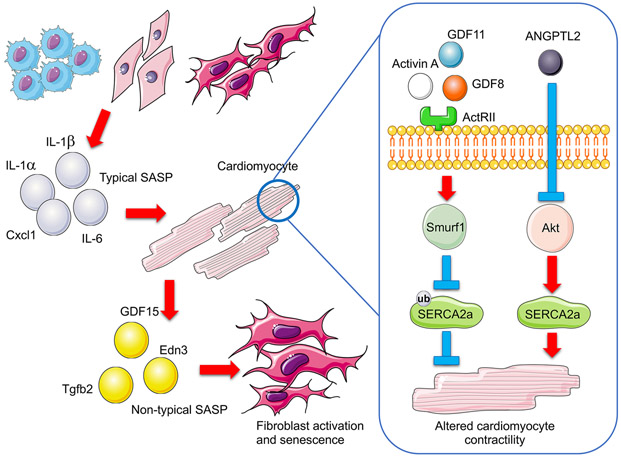Figure 2. Schematic of Secreted Factors Contributing to Age-related Cardiac Disease.
Accumulating senescent cells adversely affect other cells (e.g. cardiomyocytes and fibroblasts) through a senescence-associated secretory phenotype (SASP) which promotes inflammation, cell death and senescence. While systemic increases in senescent cells lead to increasing secretion of typical SASP proteins with age (e.g., IL-1α, IL-1β, IL-6, Cxcl1), senescent cardiomyocytes secrete non-typical SASP (e.g., GDF15, Tgfb2, and Edn3). Circulating activin and ANGPTL2 are also increased with age. Elevated activin, through binding to its receptor ActRIIb, triggers Smurf1-mediated ubiquitination and subsequent degradation of SERCA2a, while increased ANGPTL2 inactives Akt and thereby degrades SERCA2a. All of these processes contribute to cardiac aging and cardiac dysfunction.

